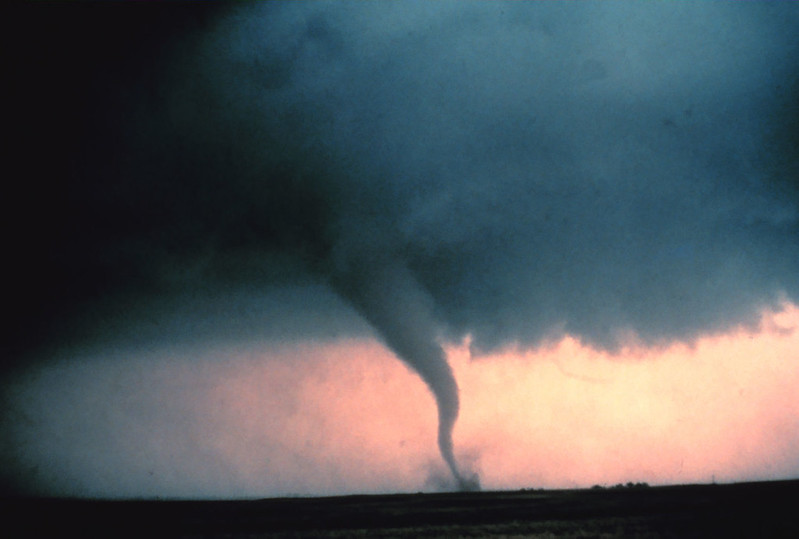The Massive Earthquake of Pakistan 2005 – The highly inaccessible mountains of Pakistan experienced a powerful earthquake. Both the mountainous location and the political setting of the earthquake led to delays and massive transportation problems. An earthquake of magnitude 7.6 struck Pakistan on October 8, 2005, and, because of the epicenter near the city of Muzaffarabad as well as most of the destruction occurred in the Pakistani portion of Azad Kashmir. The shocks were also received in Afghanistan, Tajikistan, and China.
It also came to be known as the Kashmir earthquake. Because of the inaccessibility of the high mountainous area that was hit, casualties and costs were both very high. More than 73,000 lost their lives and costs amounted to $5 billion. It was considered one of the deadliest earthquakes in Quetta in 1935.
After a massive earthquake, then immediately landslides blocked the steep, winding paths and donkey trails that constituted the only access roads to where most of the people lived. The United Nations projected that at least more than four million people were pretentious and their medical, food and clothing needs were severe as winter was approaching.
In addition, it took some time to arrange for permission for assistance to be sent from the Indian side through Kashmir. Although, the border is firmly controlled and there is recurrent fighting between guards on both sides. Moreover, to the destruction in Pakistan, numerous parts of Afghanistan and India experienced substantial damage. Because the naturally beautiful Kashmir lies in the area of collision of the Eurasian and Indian tectonic plates.
These plates are constantly moving against each other with the Indian Plate subducting beneath the Eurasian Plate. This movement was how the Himalayas came into existence. Also, it is a land illustration of the subducting movements that take place all the time all around the Pacific Rim.
Somewhere activity of this type is happening there are earthquakes as friction or stuck plates let tensions build up until there is an unexpected release. The earthquake in Kashmir earthquake had an epicenter 60 miles northeast of the Capital of Pakistan, Islamabad, and 16 miles below the surface.
Numerous aftershocks occurred, some of them as strong as 6.2. Normally Saturday is a normal school day in that part of the region, most of the students were at school when the earthquake struck. Numerous were buried under collapsed school buildings and parents were seen uncontrollably digging with their hands to rescue children.
Two days after the quake, the World Food Program pointed out that 500,000 people in remote areas had not yet received any aid. Also, the major and biggest problem was meeting the demand for tents that could provide temporary shelter as the cold weather worsened.
Fears mounted about the second wave of deaths from untreated injuries and exposure. Thus, everybody comes to participate in this social cause and UNICEF distributed more than 115,000 winter kits for children living above the snowline, including snow boots, padded jackets, shawls, and warm socks, as well as half a million blankets. Furthermore, more than 350,000 quilts were provided thanks to the provision of IKEA.
Several volunteer agencies from many countries including the United States were on hand to support. But often it was almost impossible to reach those in need. Even though helicopters had serious problems landing on the slopes because they are so steep.
The Earthquake Engineering Corporation of Pakistan displayed that most of the houses and buildings in the earthquake zone were built of non-reinforced concrete blocks and, accordingly, most of the buildings badly collapsed.
Landslides were another major contributing factor to the high level of mass destruction. They buried homes and the occupants inside were killed when their homes came down.
In the capital of Pakistan, Islamabad, the two residential high-rising buildings abruptly collapsed from the shaking that accompanied the earthquake. An international rescue corps was able to release some people a few days after the earthquake. But they had great trouble securing silence in order to use subtle sound equipment for detecting life. The earthquake in Pakistan in 2005 is one of the most fearsome natural disasters in its history.






